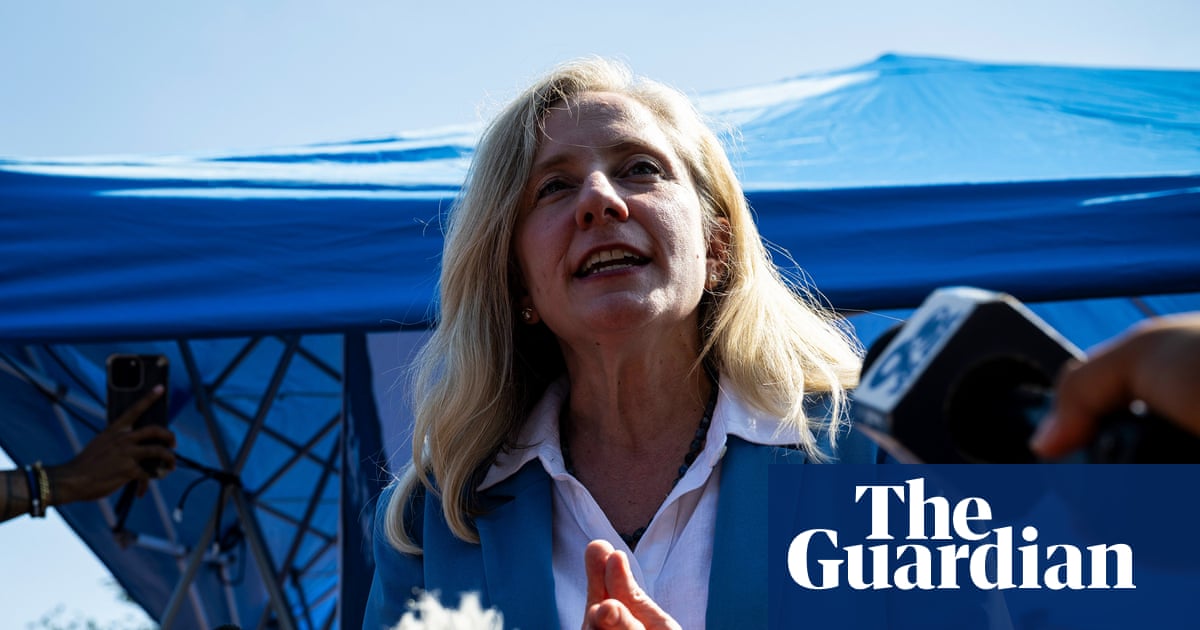Financial problems at the maker of spark plugs, wiper blades, brake calipers, brake shoes, tow hitches and motor oil has caused intense anxiety on Wall Street in recent weeks.
Car parts are not usually something that causes finance chiefs to lose much sleep. But the potentially multi-billion dollar financial crisis surrounding First Brands has them rattled.
As ever in finance, it’s what investors don’t know that scares the most, and with First Brands, there appears to be plenty.
What is First Brands?
First Brands was founded by the Malaysian-born businessman Patrick James. Starting life as Ohio-based Crowne Group, James acquired Trico, best known for windshield wipers, and went on a debt-fueled acquisitions spree, snapping up auto-focused parts makers. James rechristening the company as First Brands Group in 2020. It now owns 24 automotive-related companies, according to the group’s website.
“If your car is 10 years old, odds are good that parts from these companies are already on there,” notes the auto website CarBuzz. “And they were probably half the cost of original equipment parts sold through dealerships.”
Seems like a sensible business. Why did it collapse?
The company filed for bankruptcy protection in the southern district of Texas on 29 September due to creditor concern over the company’s use of opaque off-balance sheet financing, listing liabilities – what it owed – between $10bn and $50bn against assets – what it owned – of between $1bn and $10bn.
But the speed of the First Brands implosion has spooked investors, and the more that’s known, the more they are spooked.
The company had until recently had a decent cash buffer, but it was using private debt or “shadow banking” to borrow against invoices, effectively keeping debt off its balance-sheet disclosures, and turning a company with 26,000 employees into finance company more than the supplier of an auto parts supplier.
That system, known as factoring, is not unusual. But when the size of that debt, and who is holding it, becomes obscure, problems can rapidly accumulate, as the financial industry saw with the collapse of UK fintech Greensill Capital in 2021 and London-listed firm Carillion in 2018.
On Thursday, technology group Raistone, which arranged some off-balance sheet financing, claimed that as much as $2.3bn has “simply vanished” as part of the bankrupt auto supplier’s failure.
Jim Chanos, who predicted the Enron disaster in 2001, told the Finacial Times that complex financial systems tend to flourish at the tail end of a boom when everyone wants in. “As long as everything works nobody asks questions,” he said. “It isn’t until something stumbles, or the markets stumble, that people say, ‘Wait a minute, what are we doing here? This doesn’t make any sense.’”
Why is Wall Street so worried?
Just as in other financial crises – most recently the housing crisis that led to the 2008 financial meltdown – Wall Street is worried that the issues at First Brands are a sign of worse to come.
Texas auto lender Tricolor – which specialized in lending to low-income “sub-prime” lenders – collapsed last month amid fraud allegations.
Ben Lourie, professor of accounting at the University of California, Irvine, says the issues at First Brands, and the collapse of Tricolor, connect because one was selling cut-price parts, and the other older cars, to consumers under economic pressure.
“My guess is the companies went into bankruptcy because the market is not great and they started doing things they should not be doing. So they went into financial innovation with invoice financing,” Lourie says.
“The fear is that the private debt market has been too hot, and [has been] giving out money, at high interest rates, to companies that just can’t pay it back, and especially to companies in the auto market,” he adds.
Fears over what the failure of both companies portends are highlighting worries about what other issues the private debt markets may face.
“The private debt market is much bigger than it used to be, and we can see that by companies pulling their IPOs because they are raising money in those markets,” says Lourie. “But there isn’t as much disclosure as there is in the public markets. So there is a disclosure issue because we don’t really know what’s going on.”
He adds: “When there isn’t as much disclosure, there’s more risk, and there’s a fear of contagion, because somebody is going to have to take on these losses, and eventually it will reach up into the banks.”
Jefferies, a midsized Wall Street lender, was advising First Brands, acting as lender against invoices through a specialist invoice-finance fund it manages, Point Bonita Capital, and placing billions of dollars of loans with other investors.
Who those investors are, and how far the chain of debt stretches into the mainstream banking system, is an open question. Jefferies says it has $715m in exposure to First Brands. An investigation has been set up in part to examine whether invoices were pledged more than once.
But it goes further, with concerns mounting that First Brands’ precarious arrangements could be found elsewhere.
Brett House, an economics professor at Columbia Business School, says concerns are primarily about unregulated private debt markets and the assets they hold that are often not marked-to-market, an accounting system that values a company’s assets and liabilities at their current fair market value.
“When these assets become impaired, it’s a surprise to markets, because there hadn’t been a gradual updating of information,” House says, “and because we don’t have great transparency on the location and concentration of where these assets are being held. And that can often have knock-on effects that are unanticipated.”
So Wall Street got too clever for its own good, again. Why should I care?
The worry is that the collapse of an obscure car parts company is the first domino, and that if more dominoes collapse, it could spread across the financial system, eventually triggering a wider crisis.
Severe problems in the financial markets caused not by macro-economic conditions, but by the intricacies of capital management have happened before – the collapse of a high leveraged hedge fund, Long-Term Capital Management in 1998, that required a $3.6bn bailout, or the subprime mortgage loan crisis of 2007 that caused the collapse of Lehman Brothers and the onset of severe financial recession.
Such analogies may not be exact, since the problems now being unearthed relate to private debt markets that expanded significantly after banks tightened lending standards after the 2008 crash.
“The risk may sit in the balance sheets of funds and other asset managers that may create counterparty risk for large financial institutions that can cause reverberations from relatively obscure small funds hitting problems and create a cascading effect through the financial system that gets amplified by the structure of different asset classes and is unanticipated because of a lack of transparency,” says House.
“It effectively means that unregulated parts of the debt and asset management market may hold risks that have implications for the entire financial system.”

 German (DE)
German (DE)  English (US)
English (US)  Spanish (ES)
Spanish (ES)  French (FR)
French (FR)  Hindi (IN)
Hindi (IN)  Italian (IT)
Italian (IT)  Russian (RU)
Russian (RU)  9 hours ago
9 hours ago
























Comments